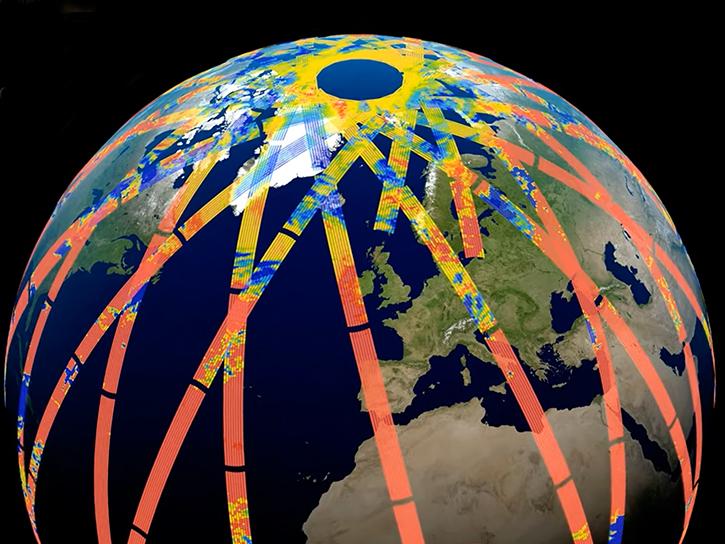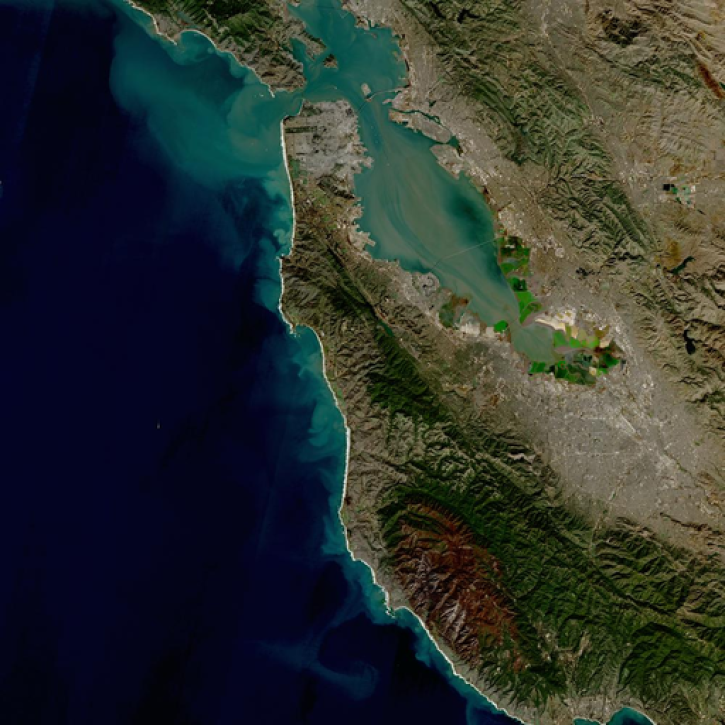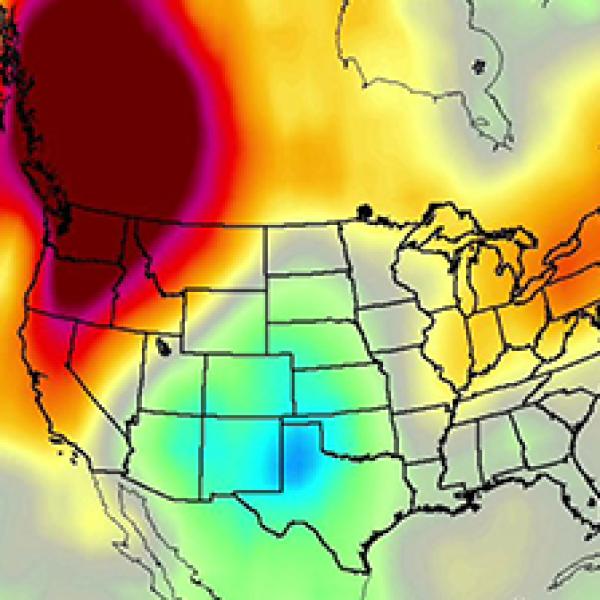Access a range of datasets and data tools to further your surface temperature research.
Surface temperature or surface air temperature (SAT) generally refer to the temperature of the atmosphere measured at approximately 6.5 feet (about 2 meters) above the ground or ocean surface. SAT is most of often the temperature meteorologists refer to in weather reports and forecasts, and is an essential data point in a vast number of Earth science studies, predictions, and decision-making situations.
For humans, SAT needs to be within acceptable ranges in order to safely or successfully pursue many activities and industry, live comfortably and be healthy, transport goods and people, grow plants and animals for food, and many other things. Similarly, SAT also directly affects the health and behavior of animals, ecosystems, and other aspects of the natural world by contributing to the conditions that harm them or help them to thrive.
Within NASA's archives, researchers can find global surface temperature datasets from an assortment of land, sea, and space-based platforms including the Aqua satellite and saildrones from NOAA's Atlantic Tradewind Ocean-Atmosphere Mesoscale Interaction Campaign (ATOMIC).
Learn How to Use Surface Temperature Data




Join Our Community of NASA Data Users
While NASA data are openly available without restriction, an Earthdata Login is required to download data and to use some tools with full functionality.
Learn About the Benefits of Earthdata LoginFrequently Asked Questions
Earthdata Forum
Our online forum provides a space for users to browse thousands of FAQs about research needs, data, and data applications. You can also submit new questions for our experts to answer.
Submit Questions to Earthdata Forumand View Expert Responses